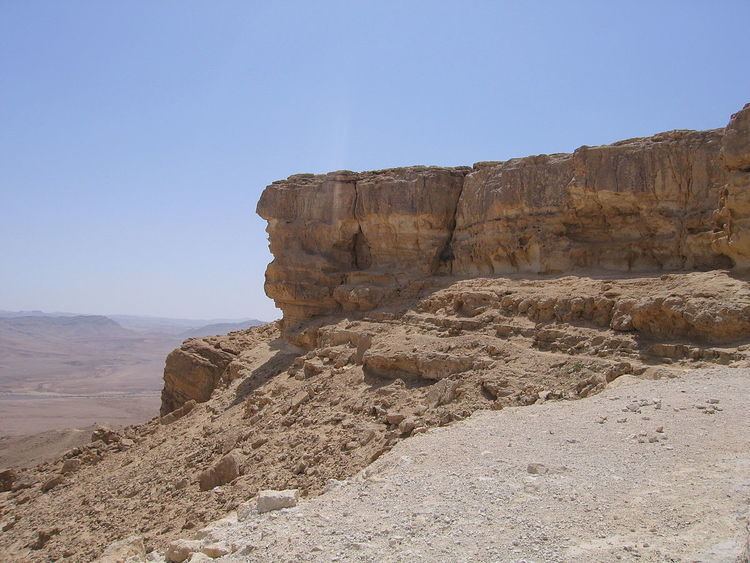 | ||
Tel haror gerar aerial view biblewalks com
Tel Haror (also known as Tell Abu Hureira, Tel Heror) is an ancient Bronze age archaeological site in the Negev Desert, Israel, northwest of Beersheba, about 20 km east of the Mediterranean sea. It is situated near wadi Nahal Gerar. It was one of the largest urban centres in the area, occupying about 40 acres. It is located on the north bank of Nahal Gerar river. The city contains substantial remains of Middle Bronze to late Iron Age settlement strata.
Contents
- Tel haror gerar aerial view biblewalks com
- History of research
- Description
- Identification with ancient cities
- References
History of research
W.F. Albright suggested as early as 1924 that there was a Cushite colony here founded in the tenth century BCE.
In 1956 Yohanan Aharoni identified biblical Gerar with the site of Tell Abu Hureira (Tel Haror).
Tel Haror was excavated by Eliezer Oren of the Ben Gurion University of the Negev between 1982 and 1992. In 2010, there were also further explorations by Oren with P. Nahshoni and G. Bar-Oz.
Substantial remains of Middle Bronze to late Iron Age settlement strata were uncovered.
Description
The extensive MBIII fortified city of Tel Haror was enclosed by an elaborate system of earthen ramparts fronted by a deep ditch. Within the city a sacred precinct was excavated, including a “migdol temple” that contained numerous remains of animal sacrifice, as well as cultic pottery, some of it imported. Numerous ritual deposits (favissae) were found.
The Migdol temple had external dimensions of 9×15 m with massive walls that may have originally been as high as 10m. Within the fortifications, there is a well, more than 10m deep.
A Minoan graffito was found in the sacred precinct dating to ca. 1600 BC. Analyses of the sherd determined that it originated in Crete, most likely the south coast. The three signs were inscribed prior to firing. The signs may either represent Linear A writing, or the Cretan hieroglyphs.
Identification with ancient cities
Archaeologist Anson Rainey proposed Tel Haror as the site of the fortress of Sharuhen, known from ancient Egyptian sources. This identification is also supported by Donald Redford, because of the site's immense size and important geographical position.
Tel Haror is also widely accepted as the site of ancient Gerar. This was one of the cities of the Philistines. Philistine pottery was found on the site.
